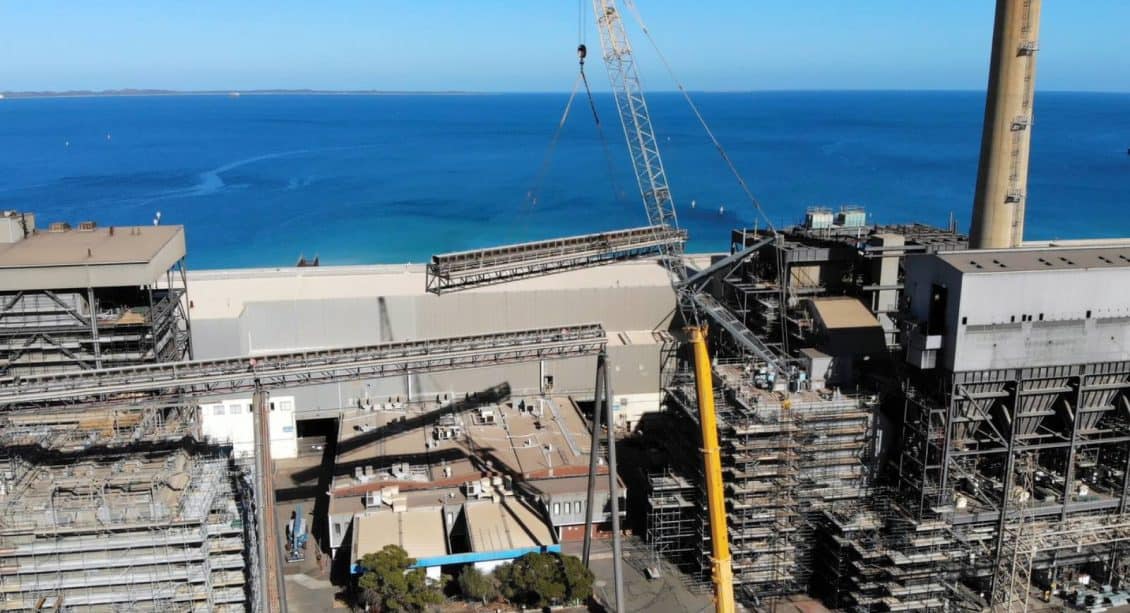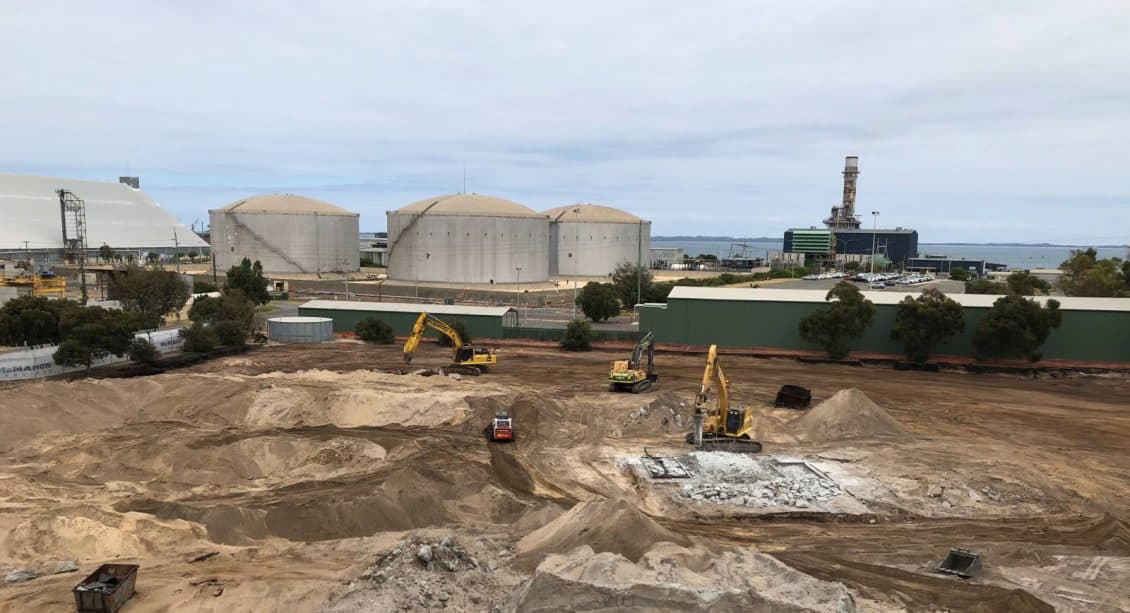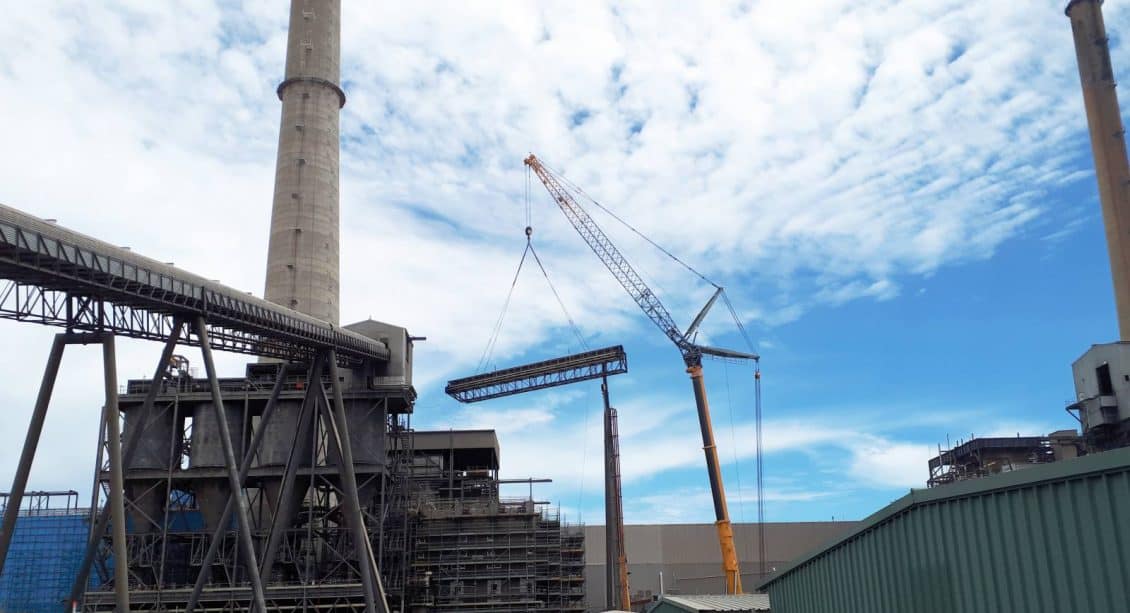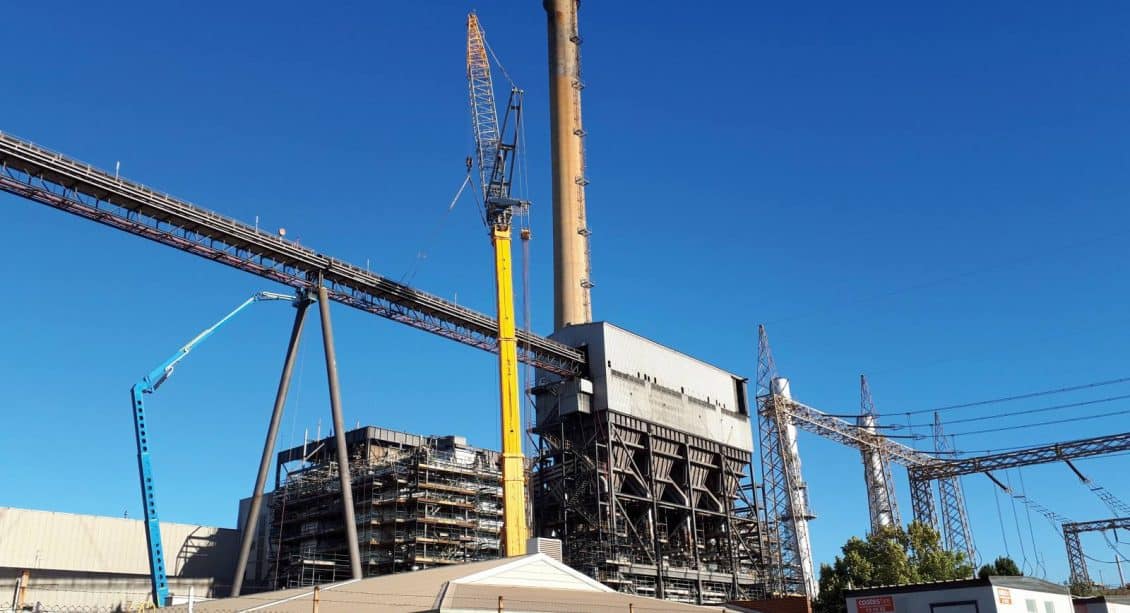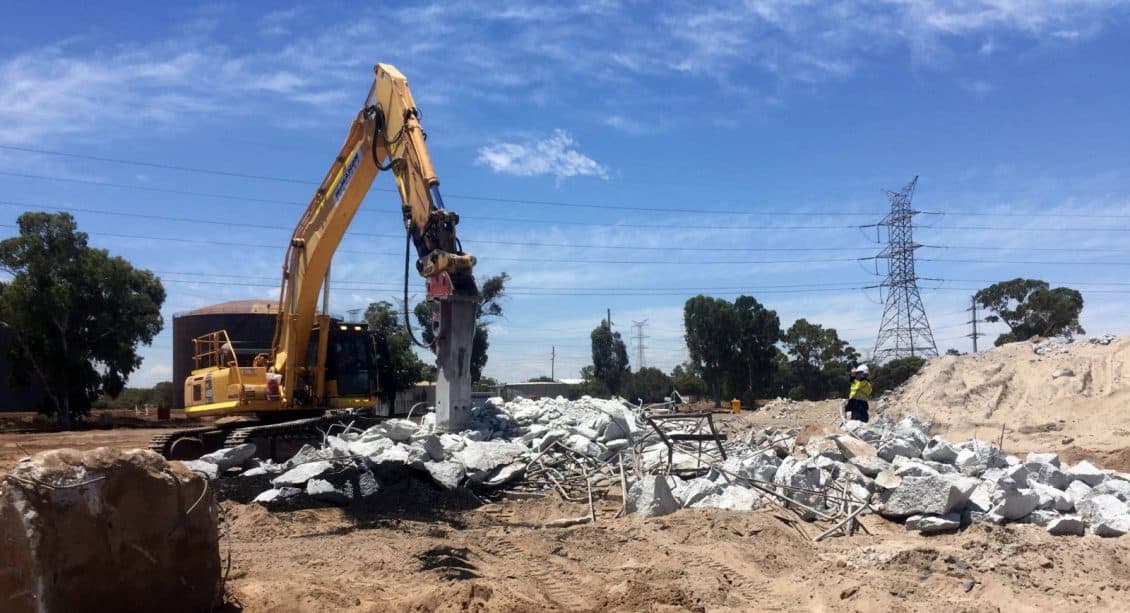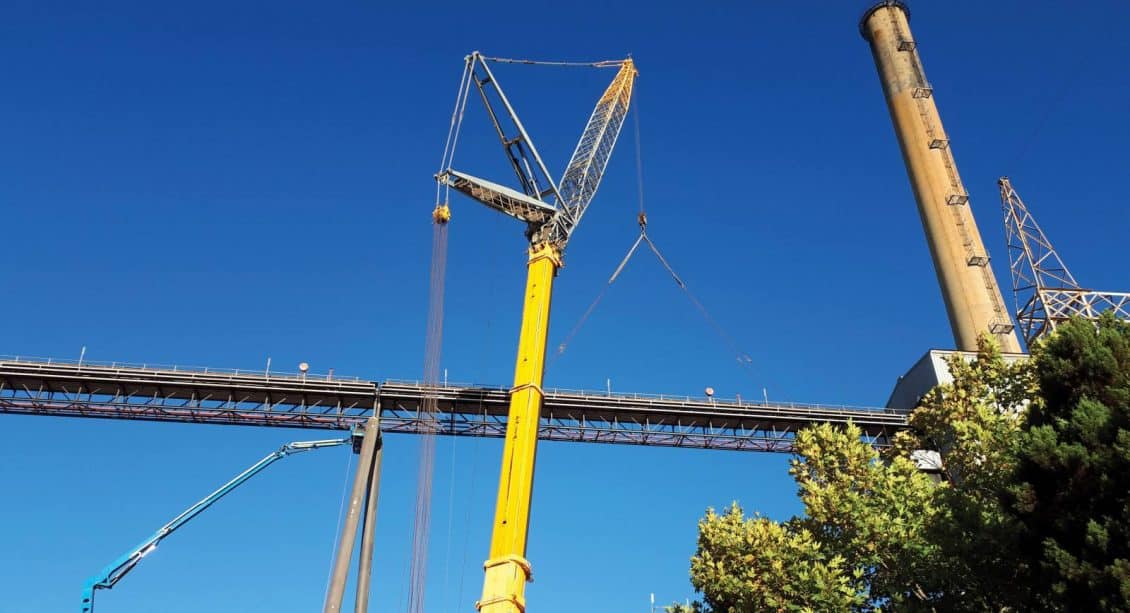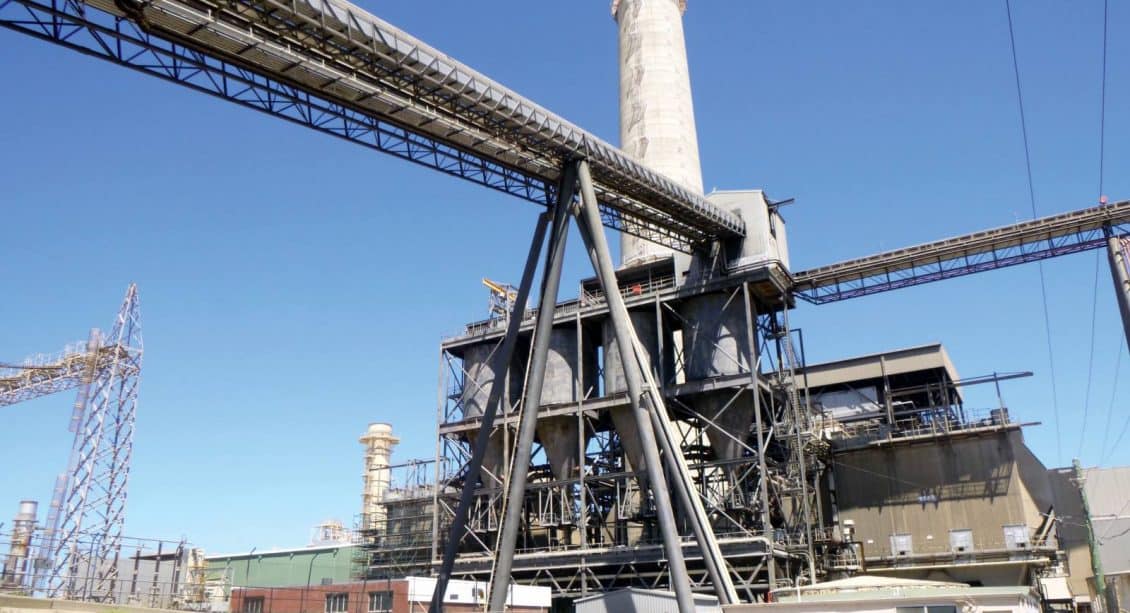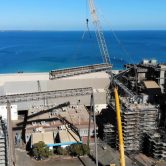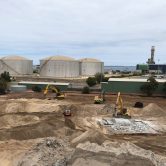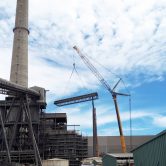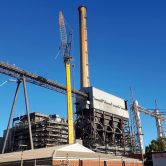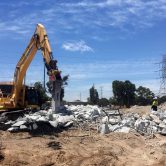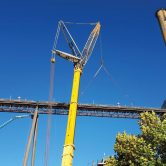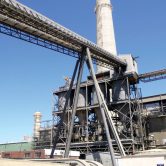Project Overview
Synergy owns and operates five major power stations within the South West Interconnected System in Western Australia, which extends from Kalbarri in the north, Kalgoorlie in the east and Albany in the south.
Kwinana Power Station, which closed in 2015, is located within the System is 30km south of Perth. It was first commissioned in November 1970. It consists of six units, numbered as units one and two of Stage A of 120MW each, units three and four of Stage B at 120MW each and units five and six of Stage C at 200MW. The total generating capacity of these six units and a 20MW gas turbine was 900MW.
Between 2009 and 2015, Synergy closed Stages A, B and C. In 2017 Synergy commenced the Kwinana Power Station Rehabilitation Project in recognition of the risks these facilities presented, and commenced on a program of demolition and rehabilitation of the area to effectively de-risk the site.
Scope of Work
Synergy engaged McMahon Services to undertake Phase 3 of the demolition works which comprised of the mechanical demolition and removal of coal transfer conveyors, towers, screenhouses, hoppers, reclaimers, foundations, tunnels, concrete slabs, a bulldozer maintenance building, diesel fuel tanks, pipework, tanks and bunds. Asbestos containing cement ducts and pipes, floodlights, fire hydrants, bore, electrical services, lighting, oily water separators, fencing and drainage systems were also removed. All services on site were identified, isolated and disconnected before any demolition works commenced.
The project had a significant remediation component of work. Over 15,300m³ of coal, 3,300m³ of asbestos impacted, 180m³ of Class III soil and 1200m³ of Class IV soil heavily impacted with hydrocarbons, were removed from site and disposed of at licenced receiving stations. Other hazardous materials removed from site included lead paint and hydrocarbons. Over 6700t of concrete and 1200t of steel were recycled off site.
Project Challenges
High Risk Crane Lifts
The tallest buildings demolished were over 15m in height however the transfer conveyors that were removed were positioned at heights of 45m above the ground and adjacent to active plant and electrical switchyards. McMahon mobilised 500t, 230t and 130t mobile cranes to safely lift down the conveyor sections with 135ft booms lifts used for access to these critical lifts at height. Preparation works included assessing the redundant conveyor structures for structural stability and suitability for lifting works. Earthing leads were connected to all associated cranes, conveyor sections being lifted and supporting trestles to protect plant and personnel from induced current electrical charges from two adjacent high voltage switch yards that remained live during the demolition operations.
First steps were to cut air gaps of non-structural items such as pipes, cable trays and walkways between conveyor sections which were then lowered to the ground on elevated work platforms. For all pipes, the far side of the pipe was cut first in the unlikely event any hazardous residual substances still present sprayed away from personnel.
The individual conveyor structure spans were then supported by the crane prior to releasing the structural bearing points using oxy cutting equipment. Conveyor sections were removed in sections ranging in weight between 12t and 24t.
Conveyor trestle supports were held in place laterally by additional cranes during the conveyor removal and once the conveyor section was removed, the trestle supports were separated at their top connection point, then cut at their bases, before releasing and lowering to the ground in two separate lifts each.
Other plant and equipment utilised on site included 25t Franna crane, telehandlers, oxy cutting equipment, excavators, boomlifts, tippers, smooth drum rollers, 12,000L water trucks and front-end loaders.

